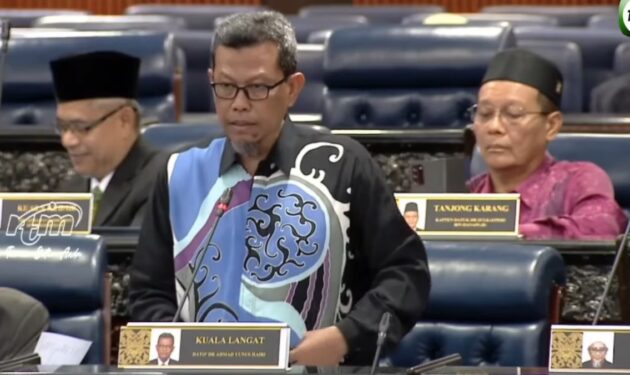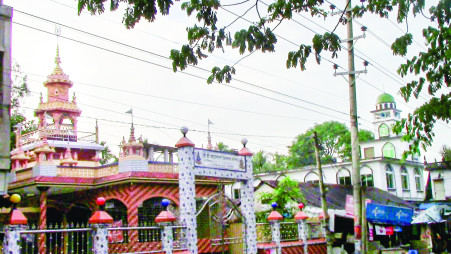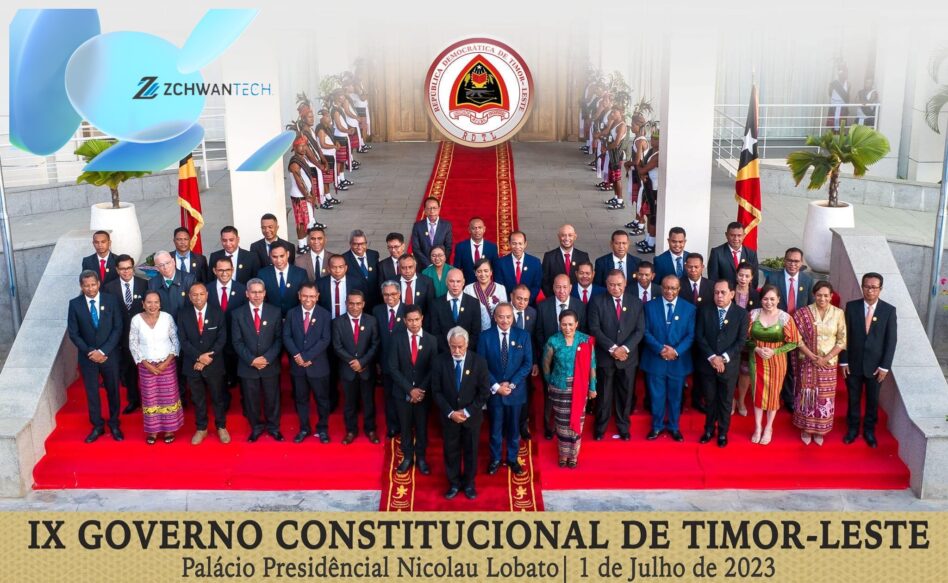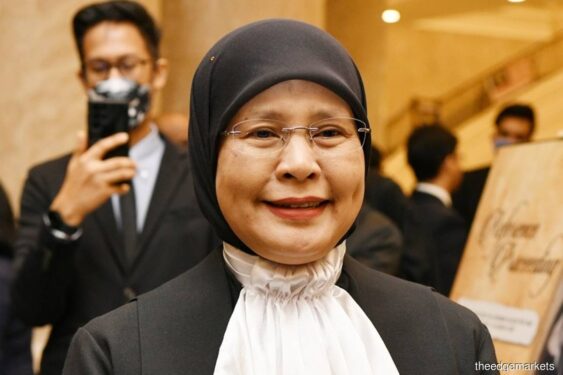Editor’s Note: In what can be termed as a perfect example of communal harmony in Bangladesh, a mosque and a temple of the Hindu community have been standing side by side for 73 years (Pic credit: The Business Standard)
THE quest to foster religious tolerance among multi-faith Malaysians seems to be heading nowhere judging by the latest move by the Selangor Islamic Religious Department (JAIS) to curtail/ban any programme involving Muslims at non-Muslim houses of worship.
Another potential ‘road block’ has been mooted by PAS’ Kuala Langat MP Datuk Dr Ahmad Yunus Hairi who has requested the government to abstain from erecting non-Muslim houses of worship in the same vicinity as mosques.
Whether this is an isolated case or otherwise, the Selangor PAS commissioner cited the example of a Hindu temple in Canary Garden, Klang which is situated near a Malay settlement, hence attracting protest by those staying in the settlement recently.

“I suggest that houses of worship should be in different areas or at a distance from a Muslim house of worship to respect one another and to avoid religious sensitivities,” he told the Dewan Rakyat yesterday (March 16) while debating the supply bill.
Ahmad Yunus who is also the Sijangkang state assemblyman went on to quantify that the harmonious living environment of the multi-racial and multi-faith residents can be disrupted by a situation whereby when two different houses of worship are located in close proximity, “there is a lot of noise or sound from loudspeakers that will contribute to disharmony and conflict in the area”.
Referring to the Canary Garden incident, Ahmad Yunus elaborated: “I don’t deny that the temple is there to cater to the needs of the Hindu community in Kampung Air Hitam, but it is quite far (from where they live). Recently, there was a ground-breaking ceremony there which caused anxiety among the Muslim community.”
Judging from his argument, the PAS’ MP is probably not worried about mosques and other non-Muslim houses of worship being erected in the same vicinity but was instead insinuating that non-Muslim houses of worship should not be built in Muslim-majority areas.
This type of narrative is very ‘unhealthy’ and only be sowing the seed of discord – not to mention being provocative to non-Muslims who can rebut by justifying that based on Ahmad Yunus’s argument, then it would only be fair for mosques to be built a distance away from a non-Muslim majority residential area.
Although Ahmad Yunus meant well, the only workable solution in this matter lies in tolerance and respect for each other’s faith as opposed to leaving it to the unity government, state government or municipal councils to find a solution as per what Ahmad Yunus has proposed.
For the record, the Kampung Kling Mosque in Melaka which was built in 1748 is still standing tall along Jalan Tukang Emas (also known as Harmony Street or Temple Street) because the street is also home to other places of worships: the Cheng Hoon Teng Temple (Taoist, Buddhist) and the Sri Poyyatha Temple (Hindu).
Such is the diversity that Malaysians regardless of their ethnical origin or creed should aspire to emulate. – March 17, 2023









